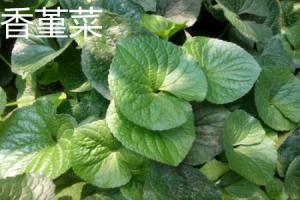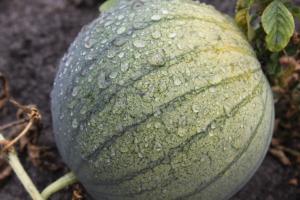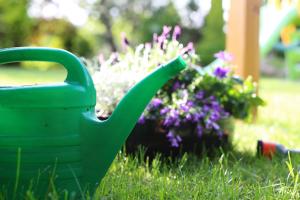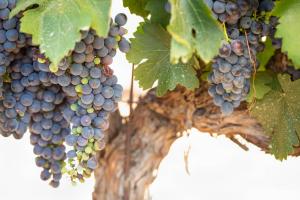Maintenance method of gooseberry
Soil selection of gooseberry
gooseberries like neutral to slightly acidic soil, loose and fertile soil, add humus appropriately, and thicken the soil layer can promote gooseberries to grow well. It is best to choose a garden with flat terrain and sufficient light for planting. A gentle slope with a slope of no more than 10 degrees is also a good place for planting
Water and fertilizer management of gooseberry
the base fertilizer of gooseberry should be mainly farmyard fertilizer. When transplanting in spring and autumn, dig ditches on both sides of the plant cluster or between the two plants, bury the farmyard fertilizer, and water after covering the soil; The topdressing of gooseberry can be carried out twice a year. Urea and ammonium nitrate can be applied at the germination stage to ensure the growth of plants. Nitrogen and phosphorus compound fertilizer can be applied at the falling flower and fruit growth stage to promote the results. Similarly, the fertilizer can be applied between plants and then irrigated
Pruning and trimming of gooseberries
gooseberry clumps are relatively vigorous, and new branches will appear at the rhizome in spring. In order to ensure the vigorous growth of new branches, the old branches need to be trimmed to ensure the nutritional supply of new branches. The old branches are generally trimmed to leave 4 ~ 5 buds short. After a few years, there will be more aboveground branches of gooseberry to improve the seed setting rate. Of course, the more new branches, the better. Find a critical value to ensure the best seed setting rate and fruit qualityPest control of gooseberry
Gooseberry powdery mildew
Gooseberries are mainly infected with powdery mildew. There is a white mold layer on the diseased leaves, and the white powder will float when touched by hand. Therefore, it is necessary to plant reasonably and increase ventilation and light transmission. If the disease occurs, terprazole diluted 3000 times can be sprayed

Gooseberry winged moth
the branches and leaves of gooseberries damaged by the winged moth wither, fall flowers and fruits. Once damaged, the dead branches are cut off and destroyed, and then sprayed with 3000 times diluted malathion solution for control

 jackfruit
jackfruit snake plant
snake plant hibiscus
hibiscus hydrangea
hydrangea lavender
lavender Green roses climb al...
Green roses climb al... If you don't pay att...
If you don't pay att... Management of four g...
Management of four g...

































